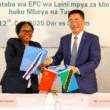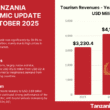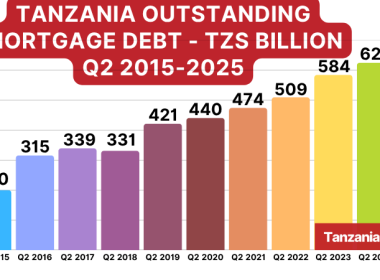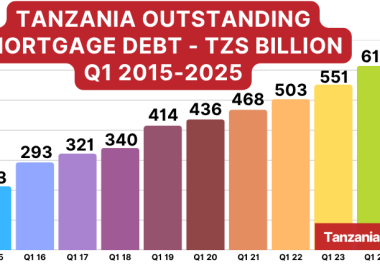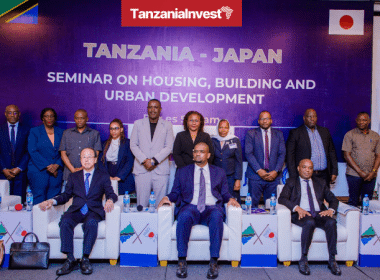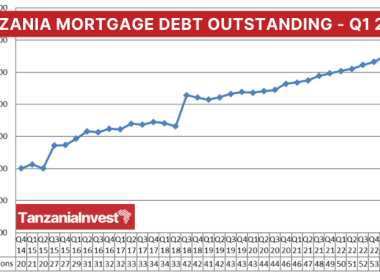Housing
Tanzania’s housing construction and rental activities contributed a combined output of TZS 19,083 billion (USD 8,460 million) to the economy of Tanzania in 2018, which is equivalent to 14.8% of Tanzania’s GDP in 2018.
In 2018, there were 12.3 million households in Tanzania, of which 8.2 million (67%) were rural and 4.2 million (33%) were urban.
Urban Tanzania is dominated by one metropolitan area, Dar es Salaam. Of all the urban households in Tanzania, 35% reside in Dar es Salaam (approximately 2.7 million people, or 1.5 million households).
The next largest urban area is Mwanza with a population of 1.12 million people (21.9% of the urban population).
49% of Tanzania’s households in urban areas are owned, while in rural areas the owned proportion is 94%.
It is likely that as rural populations continue to grow, levels of ownership will decrease and rental will increase as households face greater pressures in accessing rural land.
Tanzania Housing Demand & Supply
Tanzania’s demand for housing and housing loans is high and challenged by limited supply of affordable housing and high interest rates.
Affordable housing demand is estimated at 200,000 housing units per annum with an existing housing deficit of 3 million housing units.
The Tanzanian government provides some public rental or social housing. However, the publicly-led delivery approach is rapidly being overtaken by commercial housing markets.
This in turn is resulting in growth in the number and sophistication of housing intermediaries in the sector.
Developers, contractors, housing financiers, and housing market service providers and intermediaries are increasingly common.
Pension funds increasingly invest in housing and complete around 1,000 units per year in total. Co-operatives are estimated to also deliver about 1,000 units per annum.
Tanzania Housing Costs
The cost of building a basic mortgageable house in Tanzania is USD 60,689, compared to USD 65,300 in Kenya, USD 40,199 in South Africa, USD 52,103 in Nigeria, and USD 58,596 in Uganda.
Interventions aimed at reducing the construction costs (materials and labor) offer significant potential for cost reduction given that they are calculated to be 55% higher than South Africa’s.
This should include a review of import tariffs, as well as stimulation of local manufacturing and services sectors that are responsible for the local production of building inputs.
Tanzania Housing Finance
An estimated 3.1 million urban households (75%) earn less than USD 1,000 per month, implying that they require affordable housing solutions costing below USD 19,300.
Furthermore, of these 3.1 million households, 1.7 million urban households (40%) could only afford products costing USD 9,600.
Currently, most of Tanzania’s mortgages are for products costing above USD 40,000 which means that unless housing finance is made much more widely available in the future, 93% of all urban households are excluded from mortgaged housing.
In 2019, there were 4,996 outstanding mortgages in Tanzania with a total value of USD 183.1 million, with an average size of USD 36,649 per outstanding mortgage.



